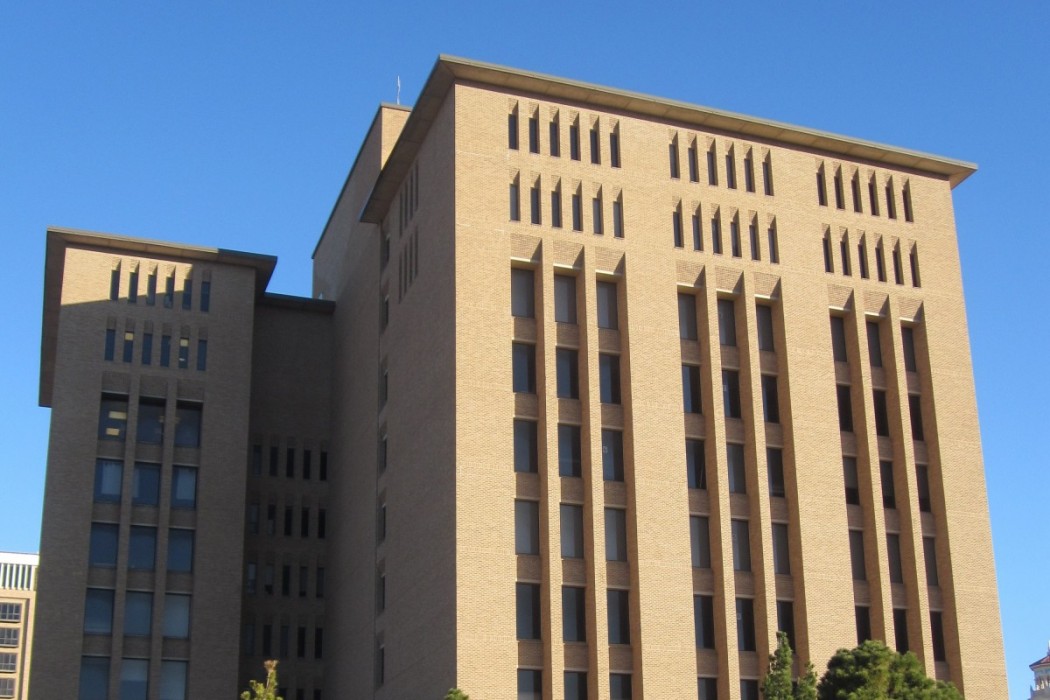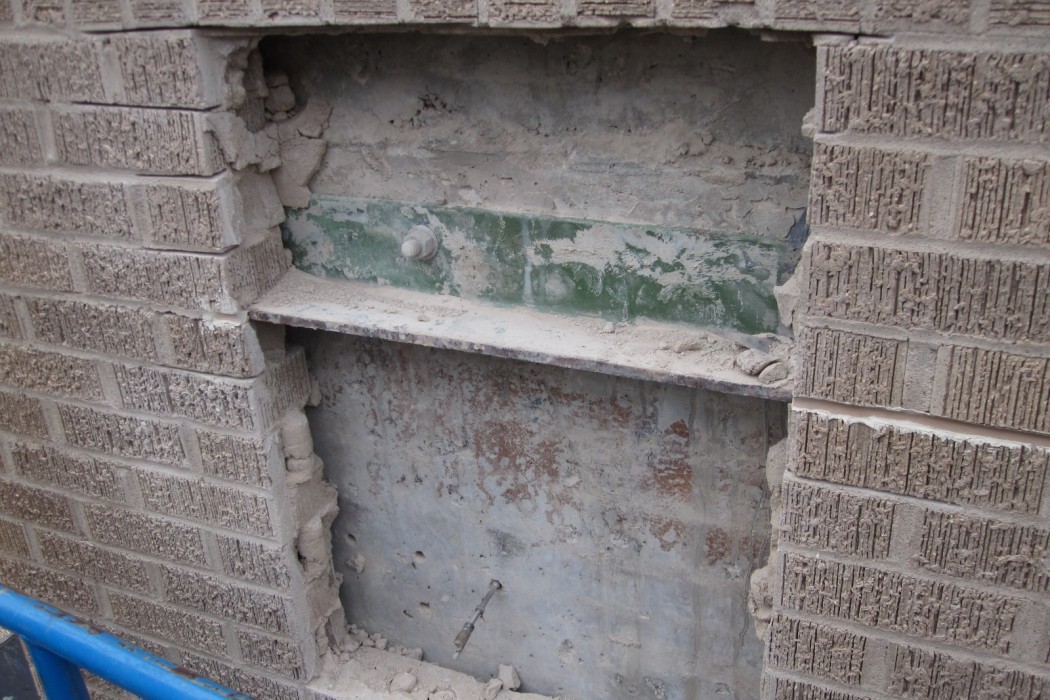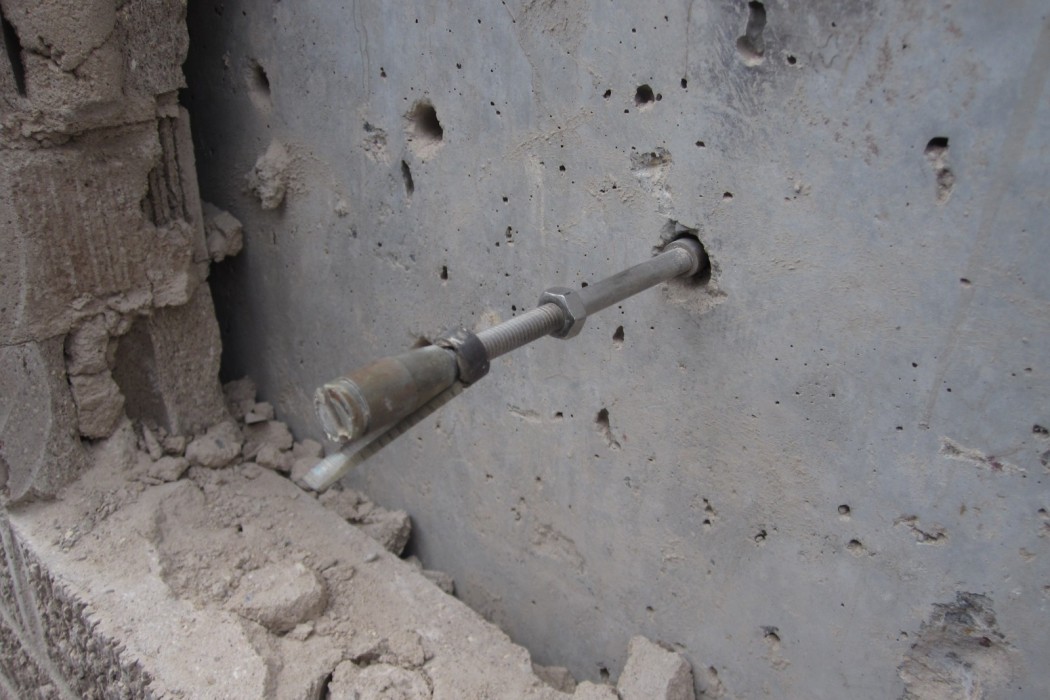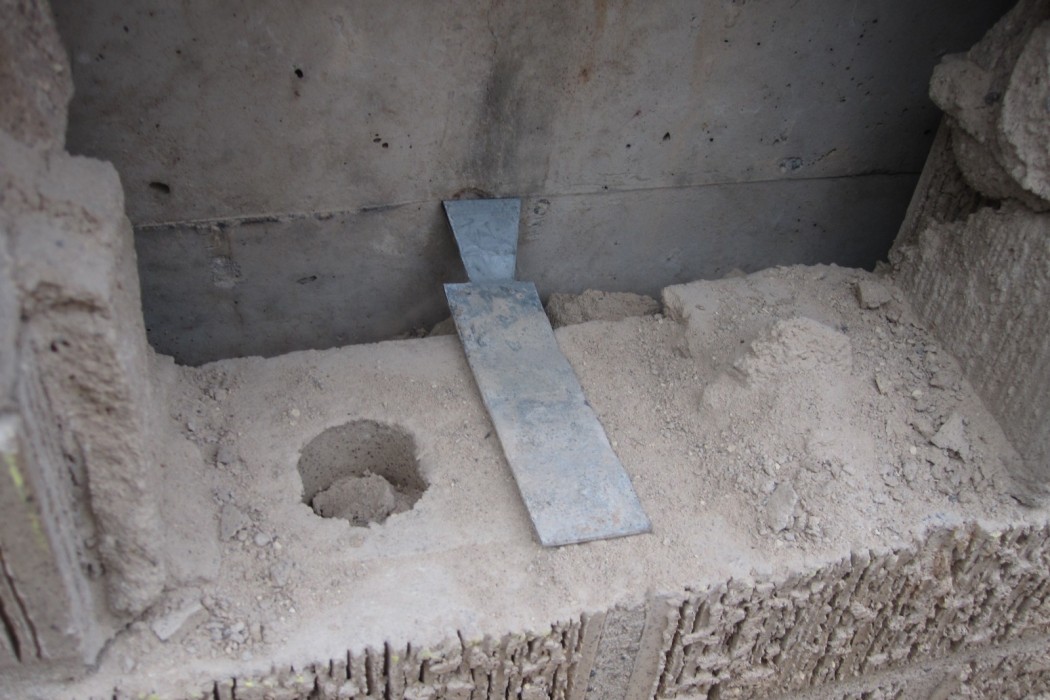WJE PROJECTS
Texas Tech Architecture Building
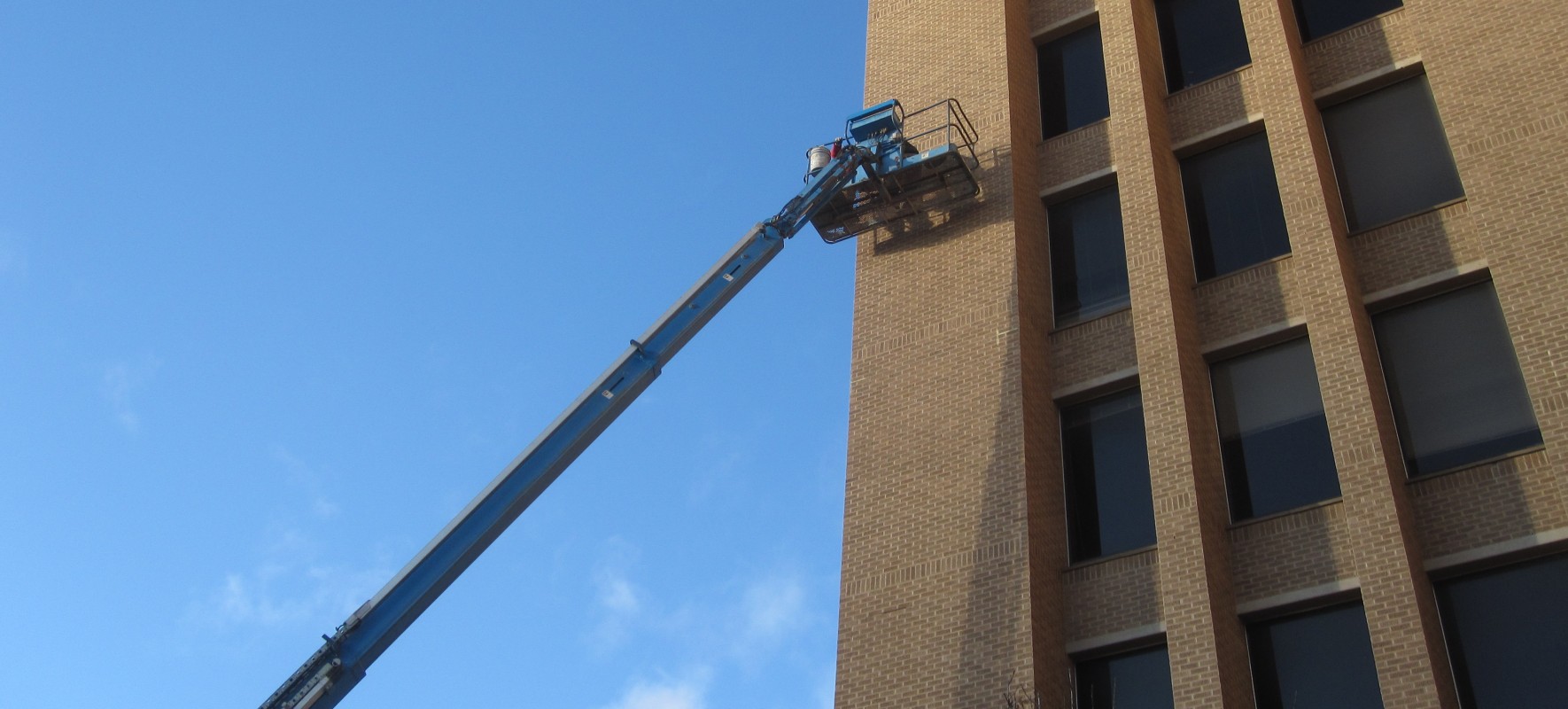

CLIENT |
Texas Tech University |
LOCATION |
Lubbock, TX |
Brick Masonry Facade Assessment and Repairs
WJE was again contacted in 2002 to evaluate the brick masonry facade and building sealants. Sealants were judged to have failed over the entire building and new evidence of masonry distress was observed. In 2011, WJE was asked to evaluate the facade, and during this site visit, conditions were judged to have deteriorated further. Additional areas of distress were observed, and the brick masonry was observed to be bowing outward between the lintels at many of the twelve stories of the building.
BACKGROUND
The Architecture Building at Texas Tech University (TTU) has been the subject of several investigations by WJE. In 1985, WJE was contacted by TTU when 500 square feet of brick masonry fell from the upper portion of the building. WJE determined that brick ties were not installed over a large portion of the facade and horizontal expansion joints were not present beneath supporting shelf angles. Post-installed masonry pin anchors were recommended on the east and west elevations as well as the installation of horizontal expansion joints. Additional expansion joints were also recommended to be installed at brick masonry transitions at windows to alleviate observed sheer stresses in veneer. WJE did not participate in the performance of the repair work.
SOLUTION
WJE recommended a thorough assessment of the accessible building facades be conducted to evaluate the condition of the remedial masonry pin anchors and the shelf angle attachments. The evaluation included visual observations of the brick masonry and investigative openings to view the hidden constructions.
The assessment revealed that both the remedial pins and the shelf angle anchorages were performing well. WJE discovered that the required shelf angle had not been installed continuously at several locations as specified in the construction documents. Additionally, the horizontal expansion joints that were recommended in 1985 were never installed. The additional areas of distress in the brick masonry were locations where the repairs to relieve stress had not been performed in 1985.
WJE determined that the bowing in the brick masonry was caused by the lack of horizontal expansion joints and recommended their installation.
Additional horizontal and vertical expansion joints were also recommended to accommodate veneer movement. WJE prepared construction documents for those repairs and is currently working on a project to provide swing stage access to the facade to lower repair costs.
RELATED INFORMATION
-
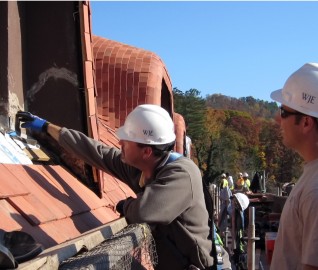 Clients turn to us when they need a firm that fully understands the aesthetic and functional... MORE >Services | Building Enclosures
Clients turn to us when they need a firm that fully understands the aesthetic and functional... MORE >Services | Building Enclosures -
 Our professionals deliver practical repair and rehabilitation services that maximize the... MORE >Services | Repair and Rehabilitation
Our professionals deliver practical repair and rehabilitation services that maximize the... MORE >Services | Repair and Rehabilitation -
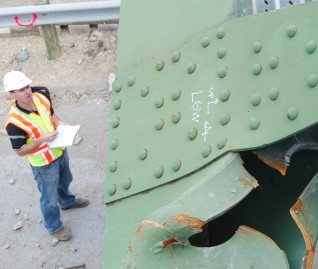 When the integrity or condition of a structure is in question, clients rely on us for answers MORE >Services | Structural Engineering
When the integrity or condition of a structure is in question, clients rely on us for answers MORE >Services | Structural Engineering



































